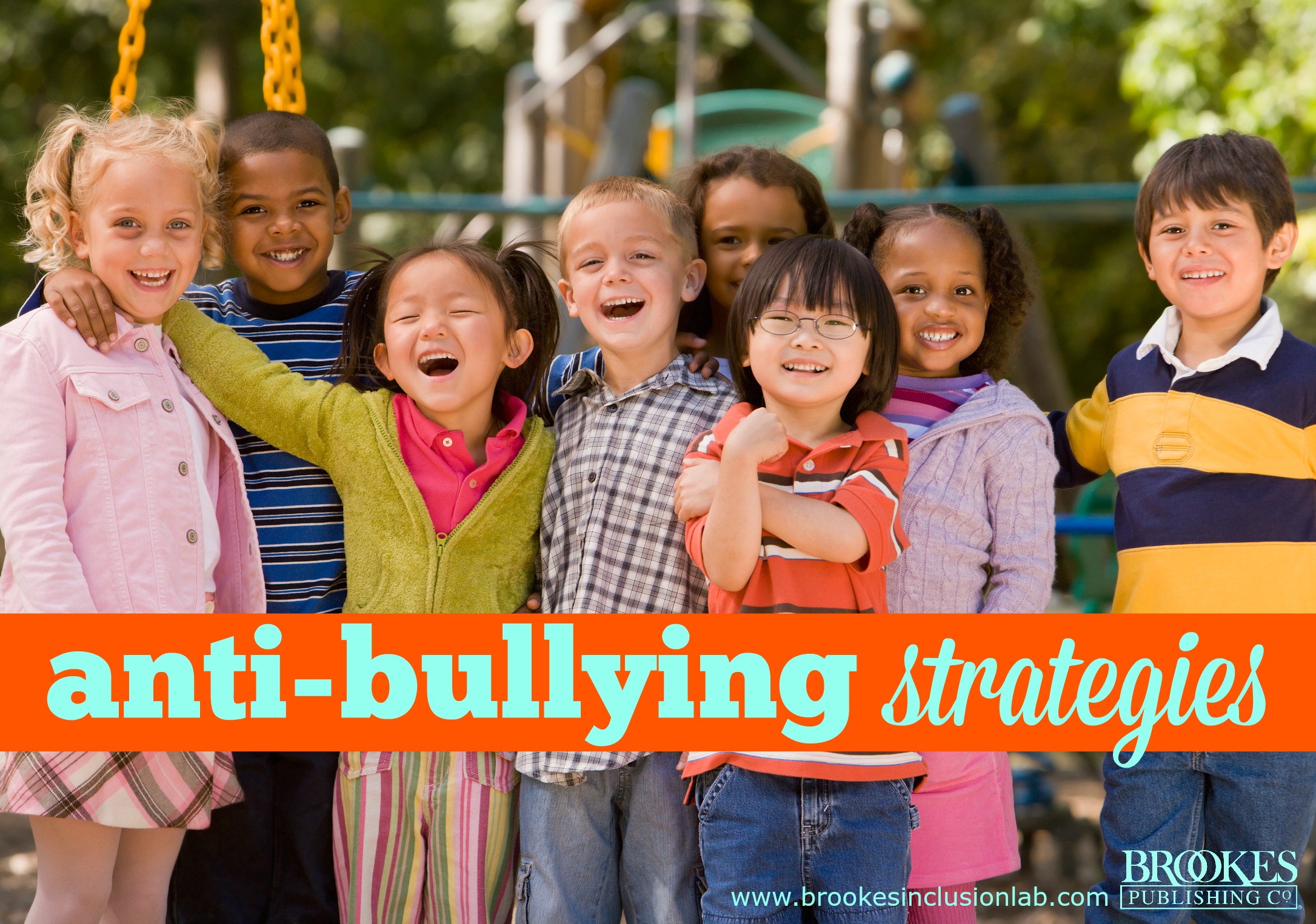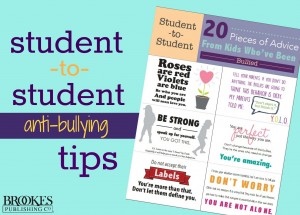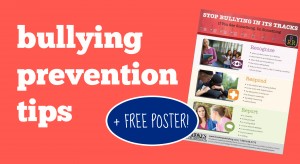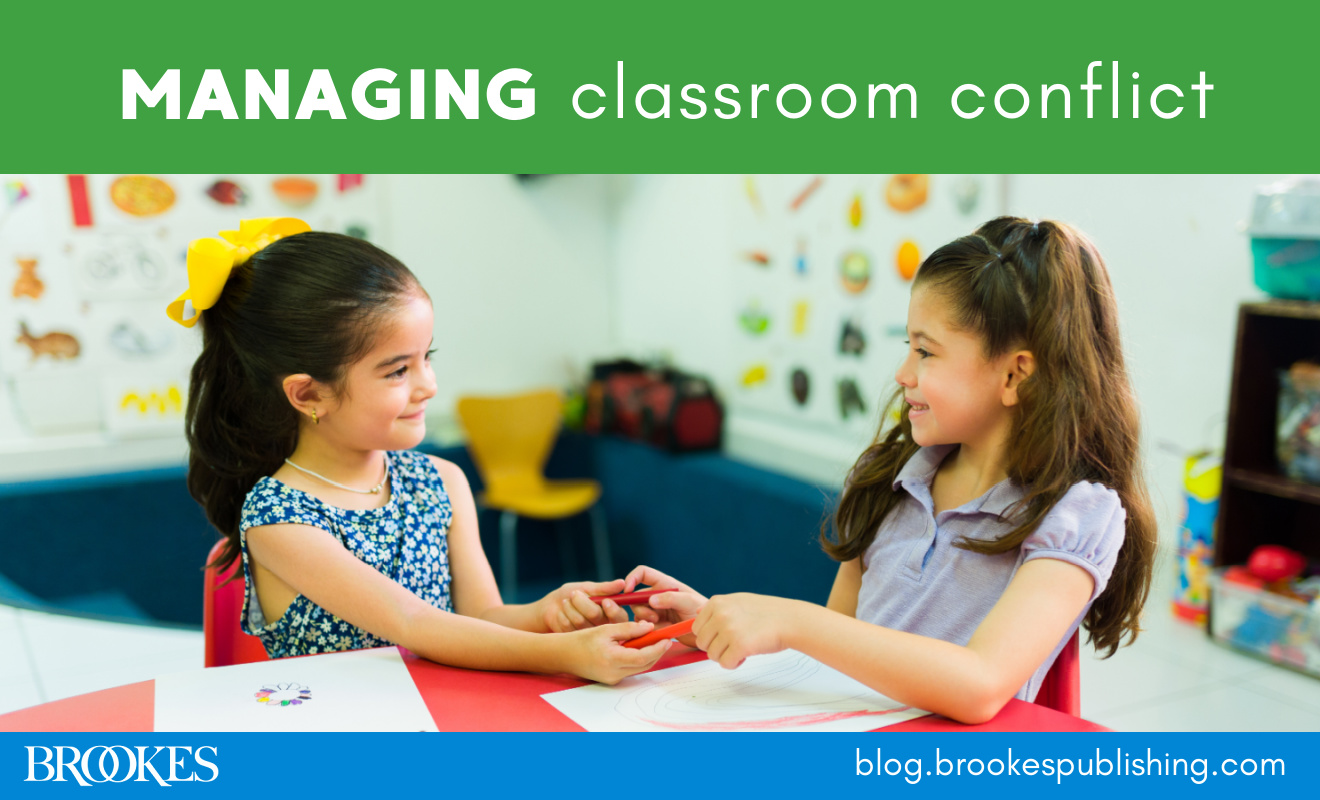13 Things You Can Do to Reduce Bullying in Your School
October 4, 2016
October is National Bullying Prevention Month, a nationwide campaign founded in 2006 by PACER’s National Bullying Prevention Center. To help support your anti-bullying initiatives this month, here are 13 practical suggestions from our expert authors–tips you can implement right away to address and reduce bullying behaviors in your own classroom.
-
Set the tone.
Raise the topic of bullying and other types of mistreatment frequently in your classroom. Make sure your students know that bullying is something you take very seriously and will work to address–through both in-class interventions and referrals to administrators. Mentioning bullying prevention regularly communicates an important message to your class.
-
Hold the right students responsible for bullying behavior.
 It might be tempting to simply tell the bullied student to stay away from the bullies or to avoid the places in which bullying occurs. But counseling avoidance diminishes the victim’s power and gives the bullying child a more dominant position. Always be sure that the aggressor receives the consequences and restrictions, not the victim. For example, students exhibiting bullying behavior might be restricted from places or situations in which they target other students.
It might be tempting to simply tell the bullied student to stay away from the bullies or to avoid the places in which bullying occurs. But counseling avoidance diminishes the victim’s power and gives the bullying child a more dominant position. Always be sure that the aggressor receives the consequences and restrictions, not the victim. For example, students exhibiting bullying behavior might be restricted from places or situations in which they target other students.
-
Get the full picture from the family.
The bullied student’s family can provide invaluable perspective and help you decide how best to help the child. Meet with the family and ask them what they know about the situation at school and how the child has reacted at home. Some students, for example, can contain distress at school but appear much more upset at home. Get the big picture from the family and collaborate with them on solutions that will help their child at school and at home.
-
Make reports possible.
Many students feel too scared or uncomfortable to report a bullying situation. In your classroom, work to foster an atmosphere in which students feel empowered to report their concerns. Mention bullying regularly, and explicitly encourage students to ask for support if they need it.
-
Teach respect for diversity.
 You can help stop bullying before it starts by helping children understand and accept diversity. Consider implementing a program that promotes social acceptance (such as the Making Friends program) and lays the groundwork for a bully-free classroom.
You can help stop bullying before it starts by helping children understand and accept diversity. Consider implementing a program that promotes social acceptance (such as the Making Friends program) and lays the groundwork for a bully-free classroom.
-
Create safe zones and other supportive spaces.
Designate areas within your school where students who are bullied and marginalized can safely talk about their concerns and connect with supportive peers and adults. This can be especially important for LGBTQ teens–according to Stomp Out Bullying, 9 out of 10 report being bullied or harassed, and over one-third of LGBT students are physically assaulted at school because of their sexual orientation. Safe spaces such as a Gay-Straight Alliance (GSA) can create a more welcoming school environment and help bullied students develop a positive sense of self.
-
Display the message.
 Posters, banners, and anti- bullying slogans should visible around the school. Have students create their own unique artwork instead of using generic, commercially bought “Stop Bullying” posters. Students can meaningfully participate in spreading the anti-bullying message by drawing posters, writing poetry, creating music videos, designing logos, and taking part in other hands-on activities that can be displayed in your school to promote a safe and respectful environment.
Posters, banners, and anti- bullying slogans should visible around the school. Have students create their own unique artwork instead of using generic, commercially bought “Stop Bullying” posters. Students can meaningfully participate in spreading the anti-bullying message by drawing posters, writing poetry, creating music videos, designing logos, and taking part in other hands-on activities that can be displayed in your school to promote a safe and respectful environment.
-
Supervise hot spots.
Bullying “hot spots” are physical locations within and outside your school building where bullying is most likely to occur–usually unstructured public areas such as bathrooms, playgrounds, cafeterias, locker rooms, hallways, and extracurricular events. Bullying can often go undetected in places like these; for example, the cafeteria is often loud, which can mask verbal taunts. All school staff should be vigilant in monitoring these hot spots to ensure student safety, and schoolwide policies should be established for keeping a close watch on these areas.
-
Hold an assembly.
 School assemblies aren’t a replacement for a comprehensive anti-bullying approach, but they’re a quick and easy way to introduce kids to a new initiative and stoke their enthusiasm. You might want to invite a dynamic guest speaker who can engage student interest while providing specific details on the effects of bullying and how to stop it. Be sure that all assemblies are inclusive of students with disabilities and take accessibility into consideration. (To get you started, the organization Not in Our School offers this free online School Assembly Kit for educators with PowerPoint presentation slides, videos, and more. Download it here.
School assemblies aren’t a replacement for a comprehensive anti-bullying approach, but they’re a quick and easy way to introduce kids to a new initiative and stoke their enthusiasm. You might want to invite a dynamic guest speaker who can engage student interest while providing specific details on the effects of bullying and how to stop it. Be sure that all assemblies are inclusive of students with disabilities and take accessibility into consideration. (To get you started, the organization Not in Our School offers this free online School Assembly Kit for educators with PowerPoint presentation slides, videos, and more. Download it here.
-
Take a pledge.
A pledge drive is an easy way to stir up school spirit and get kids involved in an anti-bullying campaign–without using any school funds or instructional time. For their “Spread the Word to End the Word” campaign, the Special Olympics developed a schoolwide program to get students to sign a pledge supporting the elimination of the word “retarded.” Consider launching an awareness campaign like this one, and be sure that school leaders and teachers model involvement by snapping pictures and recording videos of themselves taking the pledge.

-
Give small encouragements.
Little gestures can mean a lot to kids who are struggling with bullying behaviors. Print and distribute resources like these free anti-bullying cards when students need a boost.
-
Do the write thing.
Anti-bullying activities don’t have to take away instructional time–you can work them into your daily curriculum. Structured writing activities are a great example. Have students brainstorm a motto for an anti-bullying campaign, compose a brochure to educate younger students about cyberbullying, create short stories about past bullying experiences, or write “Dear Abby” letters to the victims of bullying and offer them advice. Activities like these can increase empathy and promote awareness of positive solutions as they boost students’ writing skills.
-
Build resilience in all students.
 Make it a priority to support stronger social-emotional skills in every student, so they’re all less likely to be perpetrators of, victims of, or bystanders to bullying behaviors. A program like Strong Kids can help students learn about their emotions and develop the social-emotional skills they need to avoid bullying behavior: managing anger, reducing stress, solving interpersonal problems, and much more.
Make it a priority to support stronger social-emotional skills in every student, so they’re all less likely to be perpetrators of, victims of, or bystanders to bullying behaviors. A program like Strong Kids can help students learn about their emotions and develop the social-emotional skills they need to avoid bullying behavior: managing anger, reducing stress, solving interpersonal problems, and much more.
What’s your best suggestion for addressing and/or reducing bullying behavior in your classroom? Share what’s worked for you in the comments below!
Credits:
Suggestions 1-4 from Recognize and Respond to Emotional and Behavioral Issues in the Classroom, by Andrew Jonathan Cole, Psy.D., & Aaron M. Shupp, Psy.D. Suggestion 5 from The Making Friends Program, by Paddy C. Favazza, Ed.D., Michaelene M. Ostrosky, Ph.D., & Chryso Mouzourou, Ph.D., with invited contributors Suggestion 6 from Improving Emotional and Behavioral Outcomes for LGBT Youth, edited by Sylvia K. Fisher, Ph.D., Jeffrey M. Poirier, M.A., PMP, & Gary M. Blau, Ph.D. Suggestions 7-12 from Recognize, Respond, Report, by Lori Ernsperger, Ph.D., BCBA-D Suggestion 13 from Merrell's Strong Kids, by Dianna Carrizales-Engelmann, Ph.D., Laura L. Feuerborn, Ph.D., Barbara A. Gueldner, Ph.D., & Oanh K. Tran, Ph.D.
 “Bullying prevention is not just a weeklong event in October”: Author Q&A with Lori Ernsperger
“Bullying prevention is not just a weeklong event in October”: Author Q&A with Lori Ernsperger
 FREE PRINTABLE: Anti-Bullying Cards for Your Students
FREE PRINTABLE: Anti-Bullying Cards for Your Students






Write a Comment
Your email address will not be published. Required fields are marked *
comments
Georgia B says
I love your tip on displaying the message around the school! My mom used to work in a middle school and I remember visiting her when the school was having an anti-bullying campaign. It was really inspiring to see all of the poster and slogans about not bullying all over the halls and in classrooms!
jlillis says
What a good memory! We hope to see that practice take hold in more schools across the country. Thanks for commenting, Georgia.
Post a Comment